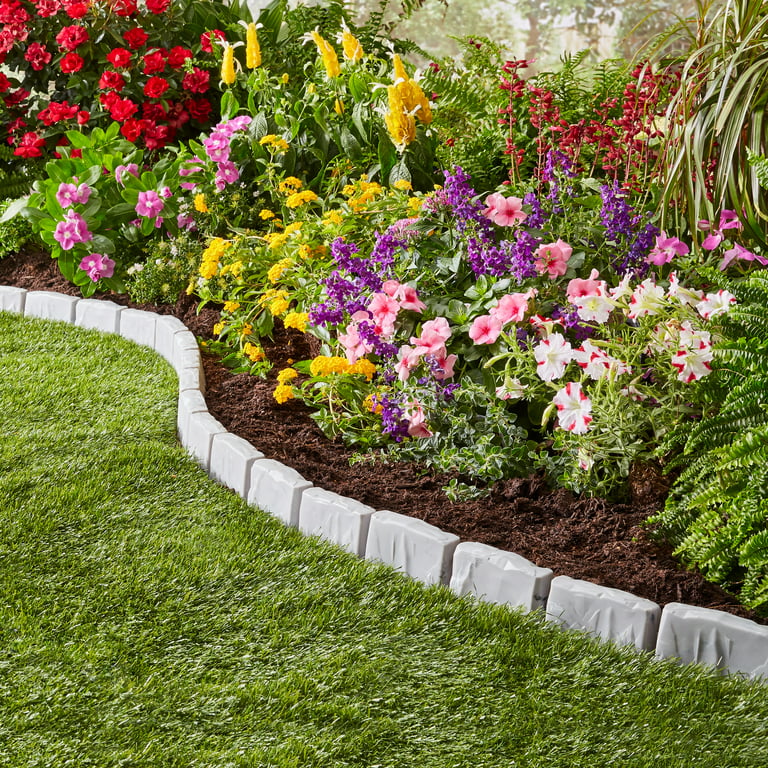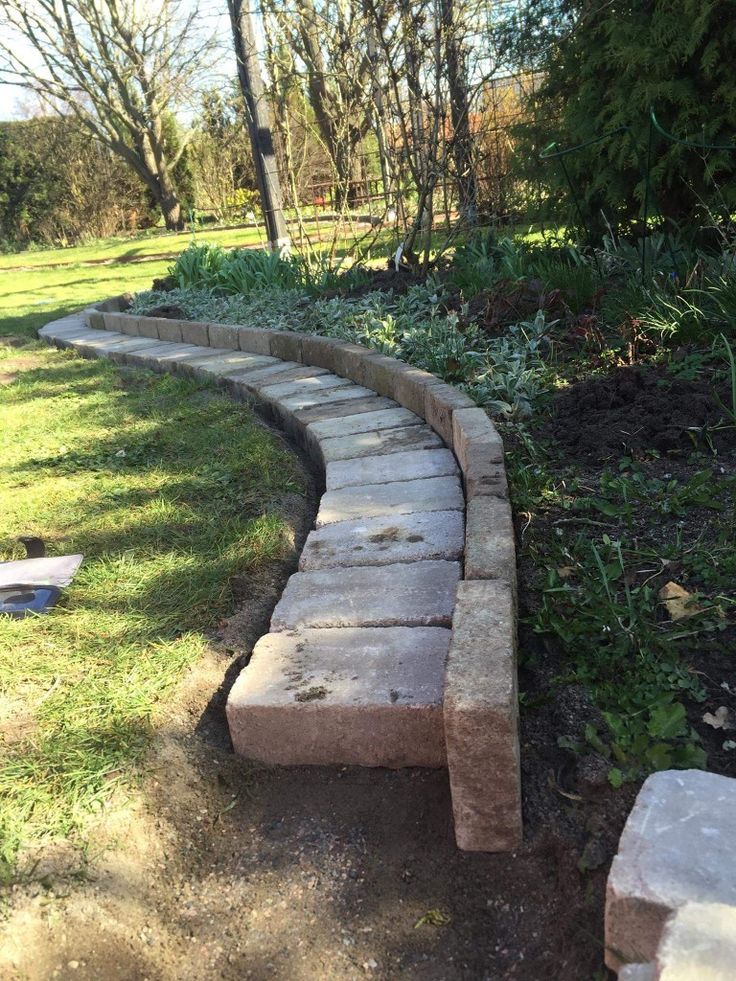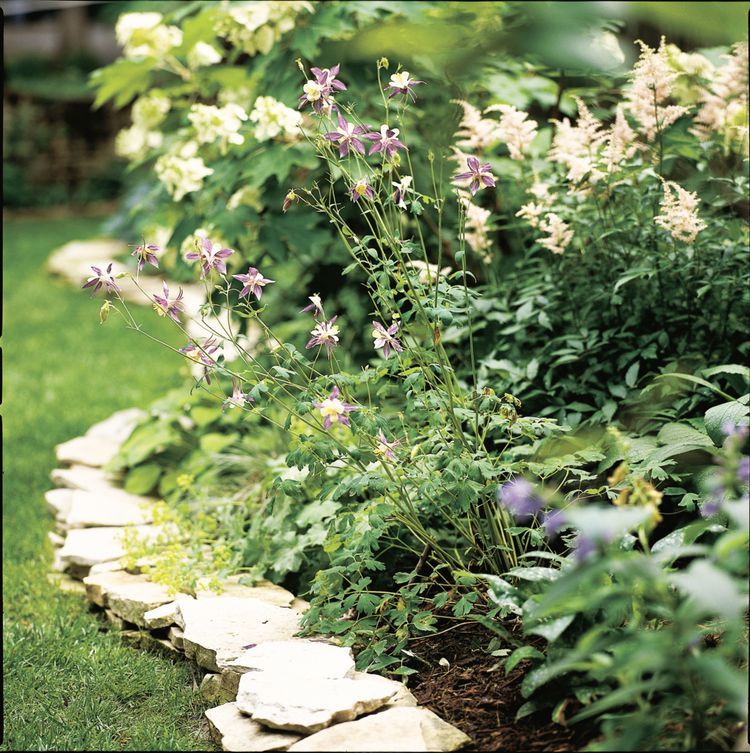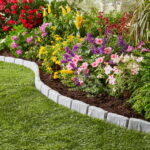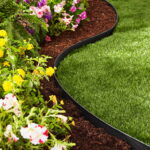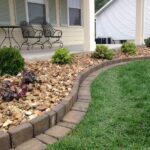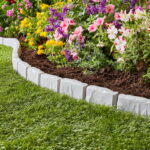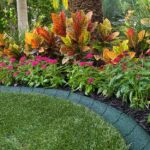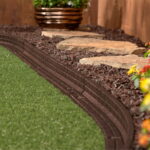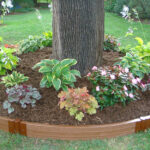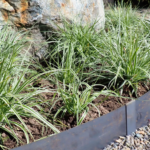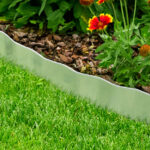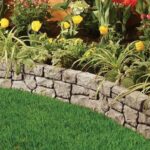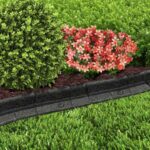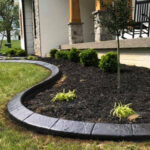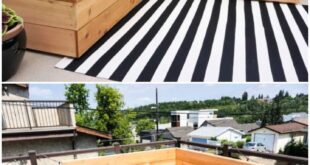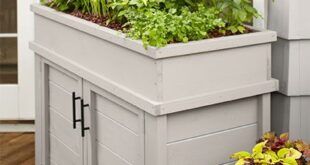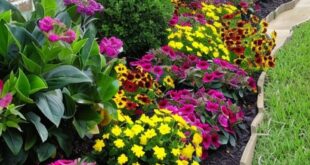Landscaping edging is an important element in creating a polished and well-maintained outdoor space. Edging serves both aesthetic and practical purposes, defining the borders of beds, pathways, and other areas of the landscape while also helping to keep soil and mulch in place. There are a variety of materials and styles available for edging, allowing homeowners to customize the look of their outdoor areas to suit their personal taste and the overall design of their property.
One popular option for landscaping edging is using bricks or pavers. These materials offer a clean and classic look, and can be easily installed in a straight line or curved pattern to outline beds and paths. Bricks and pavers are durable and long-lasting, making them a great choice for high-traffic areas or regions with extreme weather conditions. They can also be easily combined with other materials, such as gravel or mulch, for a unique and attractive design.
Another common choice for landscaping edging is metal or aluminum strips. These materials are flexible and easy to install, allowing for curves and bends in the design of the landscape. Metal edging is durable and can be painted or stained to match the color scheme of the property. It is also a good option for areas with heavy foot traffic, as it can withstand the wear and tear of people walking on it.
For a more natural look, homeowners can opt for stone or rock edging. These materials provide a rustic and organic feel to the landscape, blending seamlessly with the surrounding plants and hardscape elements. Stone or rock edging is versatile and can be used in a variety of ways, from outlining beds to creating pathways or retaining walls. It is a great choice for homeowners looking to create a low-maintenance and visually appealing outdoor space.
Wood is another popular material for landscaping edging, offering a warm and natural look to the landscape. Wood can be used in various forms, such as logs, planks, or railroad ties, to create a border around beds, paths, or other areas. Wood edging is easy to install and can be painted or stained to match the overall design of the property. It is important to choose a type of wood that is rot-resistant and pressure-treated to ensure longevity in the outdoor environment.
No matter the material chosen for landscaping edging, it is important to consider the overall design and functionality of the outdoor space. Edging should complement the existing elements of the landscape, such as plants, trees, and hardscape features, while also serving a practical purpose in defining borders and keeping soil and mulch in place. With a wide range of materials and styles available, homeowners can easily enhance the beauty and functionality of their outdoor areas with well-designed landscaping edging.
